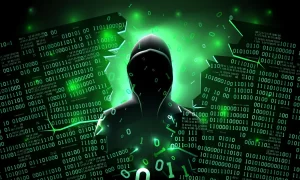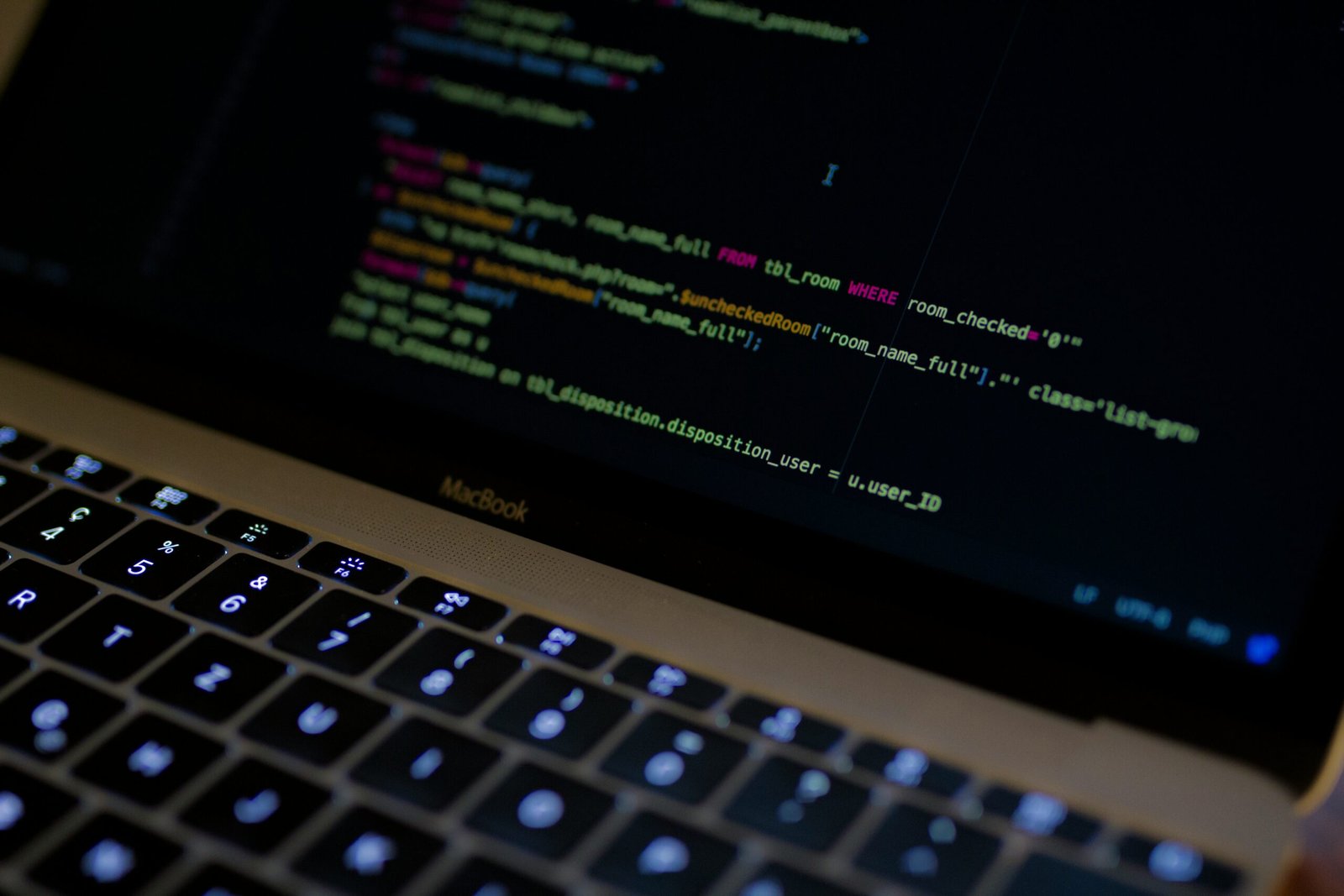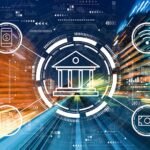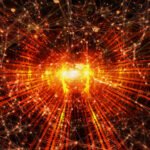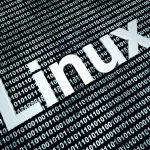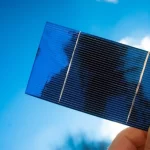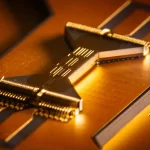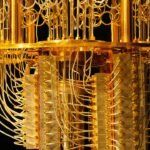What is web 3.0 and the future of web 3.0
The evolution of the internet has brought forth transformative changes throughout the past decades. From the static pages of Web 1.0 to the interactive and dynamic platforms of Web 2.0, we now find ourselves on the brink of another groundbreaking shift: Web 3.0. In this blog post, we will explore the concept of Web 3.0, its defining features, and its immense potential to revolutionize the digital landscape and shape the future of the internet.
Understanding Web 3.0:
Web 3.0, often referred to as the decentralized web, represents a paradigm shift from the current centralized model of Web 2.0 to a more open, transparent, and user-centric internet. It envisions a future where data ownership and control are returned to the hands of individuals, promoting privacy, security, and user empowerment. At the core of Web 3.0 lies the utilization of emerging technologies such as blockchain, decentralized networks, artificial intelligence, and the Internet of Things (IoT) to reshape the way we interact, transact, and share information online.
Key Features of Web 3.0:
- Decentralization: Web 3.0 seeks to dismantle the centralized control of data and platforms, distributing power among users and promoting peer-to-peer interactions. Through the use of blockchain technology, smart contracts, and decentralized applications (dApps), individuals can engage in direct, trustless transactions and regain control over their digital assets.
- Enhanced Privacy and Security: Web 3.0 places a strong emphasis on privacy and security by design. Users can have greater control over their personal data, deciding what information to share and with whom. The use of encryption and decentralized storage systems ensures that data remains secure and less susceptible to breaches and unauthorized access.
- Interoperability: Web 3.0 aims to enable seamless interoperability between various platforms, protocols, and applications. This allows for the efficient exchange of data and services, fostering collaboration and innovation across different domains. Interoperability eliminates data silos and enables a more connected and integrated digital ecosystem.
- Artificial Intelligence (AI) Integration: AI plays a pivotal role in Web 3.0, enabling intelligent automation, personalized experiences, and advanced data analysis. AI algorithms can assist in filtering relevant content, optimizing search results, and providing tailored recommendations, enhancing the overall user experience and enabling more intelligent and efficient interactions.
The Future of Web 3.0:
- Financial Transformation: Web 3.0 has the potential to disrupt traditional financial systems, enabling decentralized finance (DeFi) applications and democratizing access to financial services. Smart contracts and blockchain technology can facilitate secure, transparent, and efficient peer-to-peer transactions, eliminating intermediaries and reducing costs.
- Content Creation and Ownership: Web 3.0 empowers content creators by enabling direct monetization and ownership of their creations. Blockchain-based platforms can establish transparent and fair compensation models, allowing creators to be rewarded directly by their audience. This shift promotes creativity and diversity while challenging the dominance of centralized content distribution platforms.
- Internet of Things (IoT) Integration: Web 3.0 envisions a highly interconnected world where IoT devices can communicate and interact seamlessly. Decentralized networks and blockchain technology can provide the necessary infrastructure for secure and efficient IoT data sharing, enabling a new era of smart homes, cities, and industries.
- Democratization and Inclusion: Web 3.0 has the potential to bridge the digital divide by providing equal opportunities and access to information and services. Through decentralized networks and reduced reliance on centralized intermediaries, individuals from underserved regions can participate in the digital economy and have their voices heard.


